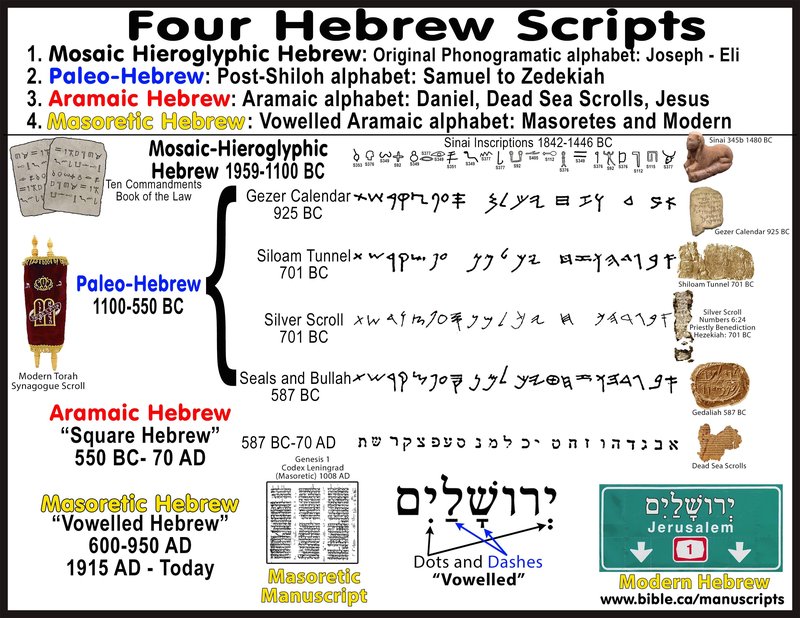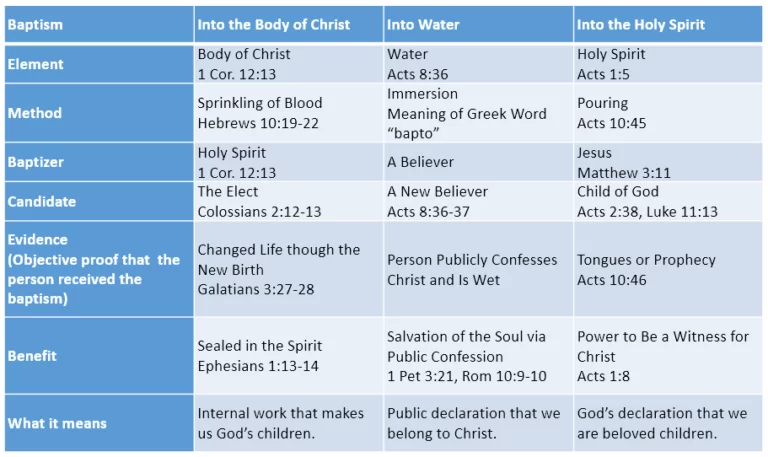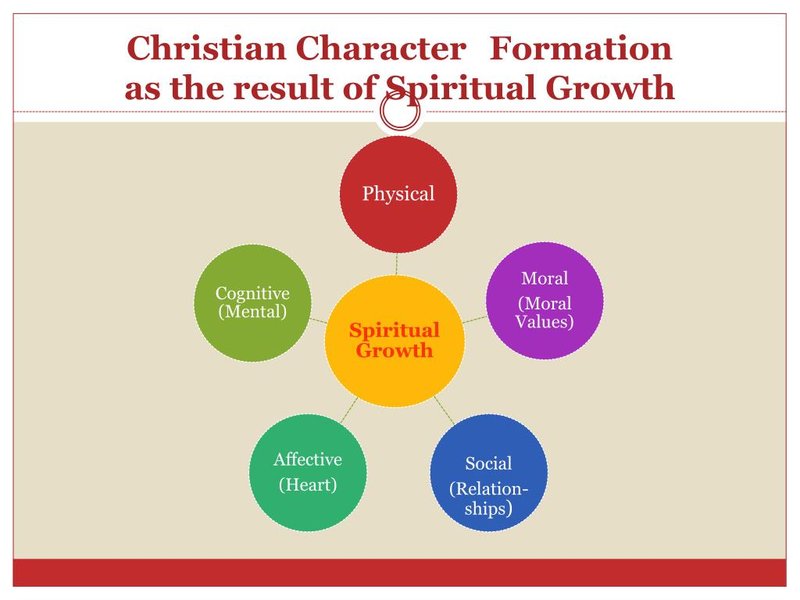· Core Beliefs · 6 min read
Unlocking Scripture: Essential Guide to Bible Translations, Themes, and Discoveries
Discover the diverse world of Bible translations, delve into Biblical narratives, explore Hebrew and Greek word meanings, uncover archaeological findings, and unravel ancient manuscripts in this comprehensive guide to unlocking Scripture's depth.

Unlocking Scripture: Essential Guide to Bible Translations, Themes, and Discoveries
The Bible is a sacred text that holds significant importance within the Christian faith. It has been translated into numerous languages throughout history, and studying these translations can provide valuable insights into the biblical narrative, themes, and discoveries. In this comprehensive guide, we will explore various aspects of Bible translations, the overarching themes found within the text, the importance of Hebrew and Greek word studies, significant biblical archaeology findings, and ancient manuscript discoveries.
1. What are the different Bible translations available?
Bible translations allow readers to access the sacred text in their native language. There are numerous translations available today, each with its own unique approach and target audience. Some popular translations include the King James Version (KJV), New International Version (NIV), English Standard Version (ESV), and the New American Standard Bible (NASB). Each translation aims to strike a balance between accuracy in conveying the original meaning of the text and readability for modern audiences.
According to “The complete history of Bible translations,” Aquila’s version was a notable translation of the Old Testament into Greek. This translation became the official Greek version used by non-Christian Jews, although its use of Hebrew sentence structure made it difficult to read. The Greek Septuagint is another important translation, created around the 3rd century BC. It was the oldest complete translation of the Old Testament from its original Hebrew.
2. What are some common biblical themes and narratives?
The Bible contains a multitude of themes and narratives that provide insight into God’s relationship with humanity. One significant theme is redemption, which is evident throughout both the Old and New Testaments. The narrative of creation, fall, and redemption is central to understanding God’s plan for salvation. Other prominent themes include love, justice, mercy, faithfulness, and the pursuit of righteousness.
In “Complete Guide to Bible Versions,” it is mentioned that the Old Testament and New Testament contain various narratives that contribute to the overall biblical story. These narratives include the story of creation, the fall of humanity, the exodus of the Israelites from Egypt, the life and teachings of Jesus Christ, and the establishment of the early Christian church.
3. Why are Hebrew and Greek word studies important for understanding the Bible?
Studying Hebrew and Greek words used in the Bible can provide a deeper understanding of the original meaning and nuances of the text. Hebrew and Greek are the primary languages in which the Old and New Testaments were written, respectively. Exploring the etymology, cultural context, and usage of specific words can shed light on their intended meanings.
According to “Comparing Ancient Biblical Manuscripts,” ancient Hebrew manuscripts are largely without vowels. This poses challenges when interpreting certain words, as vowel sounds were added later by Masoretic scholars. Greek word studies are equally important, as they help uncover the precise meanings behind specific terms used in the New Testament. By delving into word studies, readers can gain a more comprehensive understanding of biblical concepts and teachings.
4. What significant findings have been made through biblical archaeology?
Biblical archaeology seeks to uncover archaeological evidence that supports or enhances our understanding of events and places mentioned in the Bible. Over time, numerous significant discoveries have been made that shed light on biblical narratives and provide historical context.
In “The Most Accurate Bible Translations (According to Scholars),” it is mentioned that archaeological findings such as the Dead Sea Scrolls have greatly impacted our understanding of the Hebrew Bible. The Dead Sea Scrolls, discovered near Qumran beginning in 1947, contain biblical manuscripts that date back to ancient times. These manuscripts have provided valuable insights into the textual history of the Hebrew Bible and have helped verify its accuracy over time.
5. What are some notable ancient manuscript discoveries?
Ancient manuscript discoveries have played a crucial role in validating the accuracy and authenticity of the biblical text. These discoveries provide scholars with valuable resources for studying the Bible and understanding its historical context.
According to “The complete history of Bible translations,” the Greek Septuagint is one of the oldest complete translations of the Old Testament. This translation, created around the 3rd century BC, provides insight into the Hebrew Scriptures during that time. The Dead Sea Scrolls, as mentioned in “Tracing the Evolution of the Hebrew Bible,” also offer important manuscripts that reflect the text of the Old Testament as it circulated in ancient times.
6. How can studying different Bible translations enhance our understanding?
Studying different Bible translations can provide a broader perspective and deeper understanding of the biblical text. Each translation has its own strengths and weaknesses, and comparing multiple translations can help uncover nuances in meaning and interpretation.
In “An Overview of Bible Translations,” it is explained that English translations have a nearly 500-year history, with the first full English translation completed in the early 1500s. As language evolves, new translations are created to ensure clarity and accessibility for contemporary readers. Exploring various translations can help readers gain a well-rounded understanding of the biblical message and its application to their lives.
7. How does knowledge of biblical themes impact our interpretation?
Understanding biblical themes helps us grasp the overarching message and purpose of the text. It allows us to see how individual passages fit into the broader narrative and reveals recurring motifs throughout Scripture.
As mentioned in “Bible Overview Videos,” visualizing the shape and core themes of each book through an illustrated outline can greatly aid comprehension. Recognizing themes such as God’s faithfulness, human brokenness, or the coming Messiah facilitates a more comprehensive interpretation of specific passages. It also enables us to apply these themes to our lives and deepen our relationship with God.
8. Why is it important to rely on credible sources for Bible study?
Bible study requires a commitment to accuracy and understanding the text in its proper context. Relying on credible sources ensures that we approach the study of Scripture with integrity and a commitment to truth.
In “The Basics of the Bible Translation Process,” it is emphasized that new readings in ancient manuscripts or changes in translation philosophy can occur. Staying informed about scholarly research, consulting respected commentaries, and utilizing reliable study resources contribute to a well-informed understanding of the Bible. By relying on credible sources, we can avoid misinterpretation and gain a deeper appreciation for the richness of God’s Word.
In conclusion, studying Bible translations, themes, and discoveries is essential for unlocking the depths of Scripture. Exploring different translations, understanding biblical themes, conducting word studies, considering archaeological findings, and examining ancient manuscripts all contribute to a comprehensive understanding of the Bible. By engaging with these aspects of biblical study and relying on credible sources, we can deepen our knowledge of God’s Word and apply its teachings to our lives.



